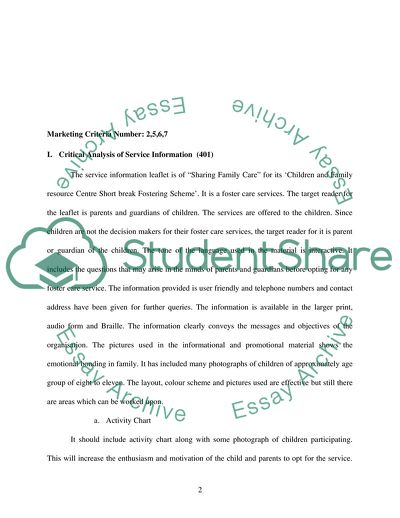Cite this document
(Professional Processes in Social Work Practice (UK) Case Study, n.d.)
Professional Processes in Social Work Practice (UK) Case Study. https://studentshare.org/social-science/1703514-professional-processes-in-social-work-practice-uk
Professional Processes in Social Work Practice (UK) Case Study. https://studentshare.org/social-science/1703514-professional-processes-in-social-work-practice-uk
(Professional Processes in Social Work Practice (UK) Case Study)
Professional Processes in Social Work Practice (UK) Case Study. https://studentshare.org/social-science/1703514-professional-processes-in-social-work-practice-uk.
Professional Processes in Social Work Practice (UK) Case Study. https://studentshare.org/social-science/1703514-professional-processes-in-social-work-practice-uk.
“Professional Processes in Social Work Practice (UK) Case Study”. https://studentshare.org/social-science/1703514-professional-processes-in-social-work-practice-uk.


